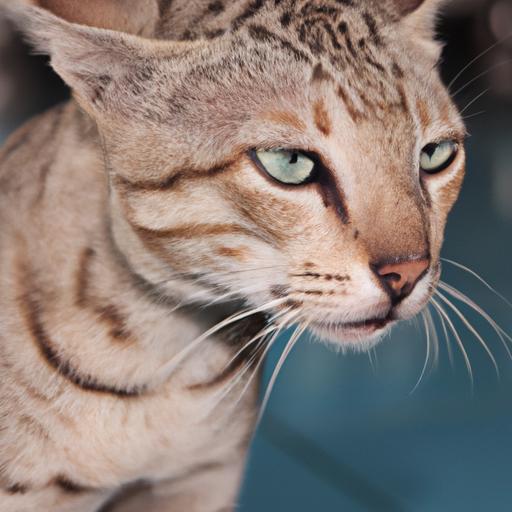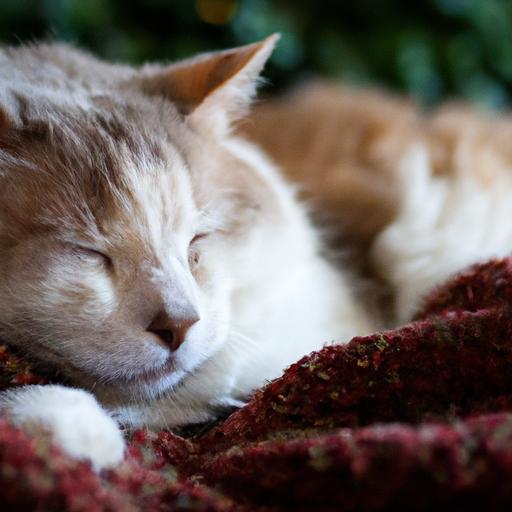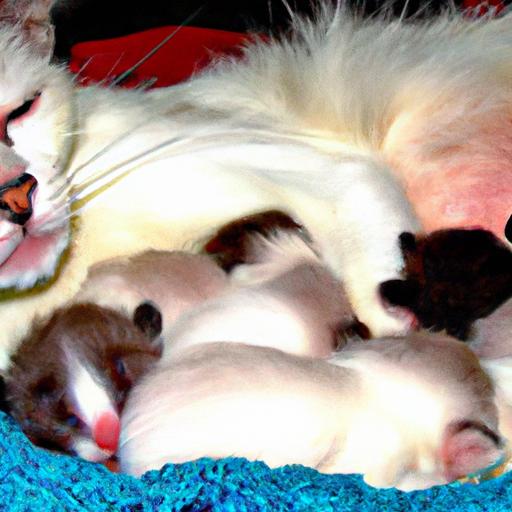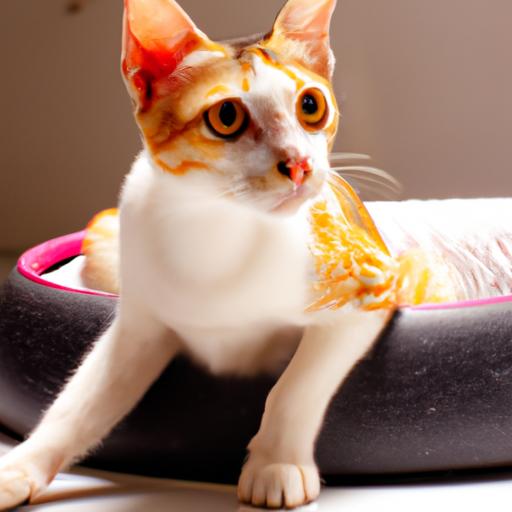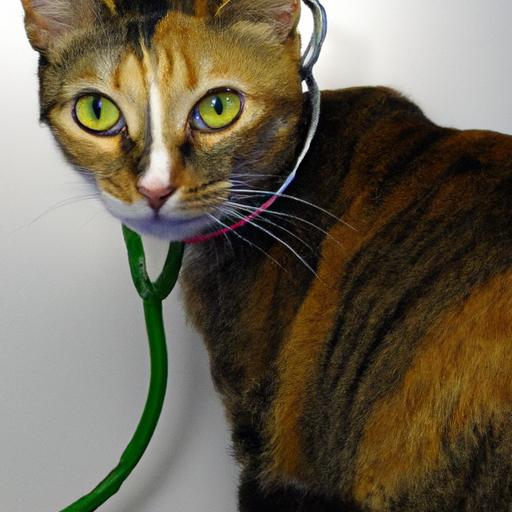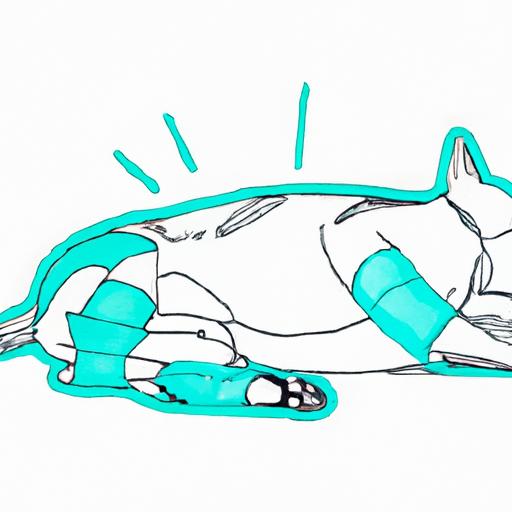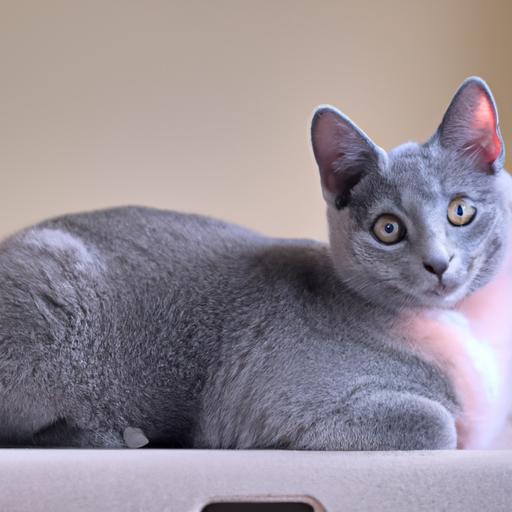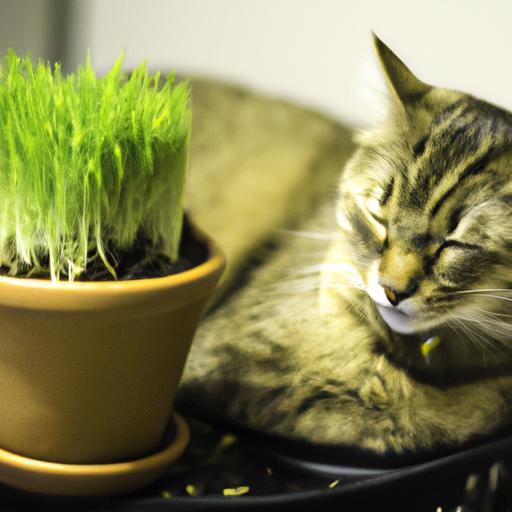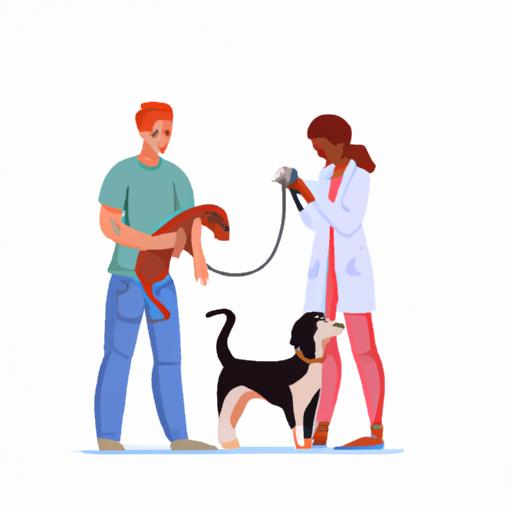
Recognizing Signs of Feline Hyperesthesia Syndrome
Learn how to recognize the signs of Feline Hyperesthesia Syndrome in cats. Discover the behavioral changes and symptoms to ensure early intervention.
Introduction
As cat owners, it’s crucial for us to be aware of the various health conditions that can affect our feline companions. One such condition is Feline Hyperesthesia Syndrome. This article aims to provide a comprehensive understanding of this syndrome, its signs, and the importance of recognizing them early. By familiarizing ourselves with these signs, we can take the necessary steps to ensure the well-being and comfort of our beloved cats.
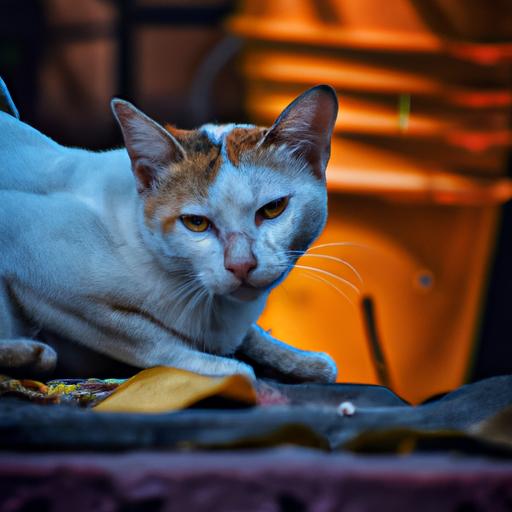
Recognizing Signs of Feline Hyperesthesia Syndrome
Feline Hyperesthesia Syndrome, also known as “rolling skin disease” or “twitch-skin syndrome,” is a neurological disorder that primarily affects cats. While the exact cause of this syndrome is still unknown, there are distinct signs and symptoms that can help us recognize its presence in our feline friends.
Behavioral changes
One of the key indicators of Feline Hyperesthesia Syndrome is noticeable behavioral changes in cats. They may display sudden episodes of restlessness, excessive pacing, or even erratic behavior. If you notice your cat becoming more agitated or displaying unusual actions, it’s important to consider the possibility of Feline Hyperesthesia Syndrome.
Excessive grooming and self-mutilation
Cats with Feline Hyperesthesia Syndrome often exhibit excessive grooming behavior, sometimes to the point of self-mutilation. They may obsessively lick or chew on certain areas of their body, leading to hair loss, skin irritations, and wounds. If you observe such behavior, it’s essential to investigate further and consult a veterinarian.
Sensitivity to touch and irritability
Another common sign of Feline Hyperesthesia Syndrome is an increased sensitivity to touch. Cats may react negatively to being touched, becoming overly reactive or aggressive. They might twitch their skin, arch their back, or even bite or scratch when touched in certain areas. This hypersensitivity can be a strong indication of the syndrome.
Muscle twitches and spasms
Feline Hyperesthesia Syndrome can cause cats to experience muscle twitches and spasms. These involuntary movements can be quite noticeable, with their skin rippling or their muscles contracting suddenly. If you observe such twitching or spasms in your cat, it’s important to consider the possibility of Feline Hyperesthesia Syndrome.
Dilated pupils and staring
Cats with Feline Hyperesthesia Syndrome may also exhibit dilated pupils and staring episodes. Their eyes may appear unusually large, and they may fix their gaze on something intently, seemingly entranced or alarmed. These visual cues can be helpful in recognizing this syndrome.
Vocalization and aggression
Increased vocalization and aggression can also be signs of Feline Hyperesthesia Syndrome. Cats may vocalize excessively, yowl, hiss, or growl, especially during episodes of heightened sensitivity. This aggression might be directed towards other animals, objects, or even their owners. Understanding these behavioral changes is crucial in identifying the syndrome.
Frequently Asked Questions (FAQs)
What causes Feline Hyperesthesia Syndrome?
The exact cause of Feline Hyperesthesia Syndrome remains unknown. However, it is believed to be a neurological disorder that can be triggered by various factors such as stress, anxiety, or certain medical conditions. Further research is necessary to fully comprehend the underlying causes.
Are certain cat breeds more prone to this condition?
While Feline Hyperesthesia Syndrome can affect cats of any breed, some studies suggest that Oriental breeds, such as Siamese or Burmese cats, may have a higher predisposition to develop this syndrome. However, it is important to note that it can occur in cats of any breed or m
Can Feline Hyperesthesia Syndrome be cured?
Currently, there is no known cure for Feline Hyperesthesia Syndrome. However, with proper management and treatment, the symptoms can be controlled, and the cat’s quality of life can be significantly improved. It is crucial to consult a veterinarian for an accurate diagnosis and to develop an appropriate treatment plan.
How can I help my cat if it has this syndrome?
If you suspect your cat has Feline Hyperesthesia Syndrome, it is essential to consult a veterinarian. They will conduct a thorough examination and may recommend various approaches to manage the condition. These can include environmental modifications, stress reduction techniques, behavior modification, and, in some cases, medication.
Is it necessary to consult a veterinarian?
Yes, it is highly recommended to consult a veterinarian if you suspect your cat may have Feline Hyperesthesia Syndrome. They have the expertise to accurately diagnose the condition and provide appropriate guidance for managing the symptoms. Early intervention and proper treatment are crucial to ensuring the well-being of your cat.
Conclusion
Recognizing the signs of Feline Hyperesthesia Syndrome is paramount for the well-being of our feline companions. By being vigilant and observant, we can identify the behavioral changes, sensitivity to touch, excessive grooming, muscle twitches, dilated pupils, and aggression that may indicate the presence of this syndrome. Remember to consult a veterinarian for an accurate diagnosis and to develop a personalized treatment plan. With timely intervention and proper management, we can provide our cats with the care they need to lead happy and comfortable lives.

